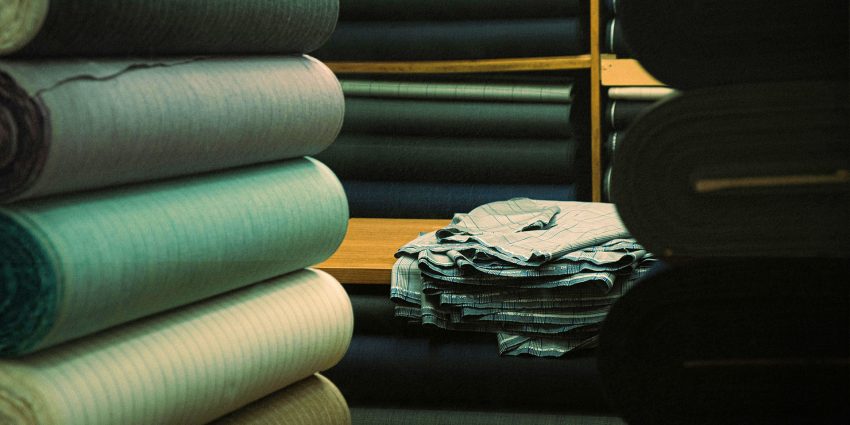Every upholsterer has been there. You pull, stretch, and staple, but the fabric still won’t lie smoothly. Wrinkles creep across the seat. Corners refuse to stay tight. The immediate reaction is to blame the fabric; maybe it’s too cheap, too stiff, or too delicate. But here’s the truth: most of the time, the problem isn’t the fabric at all. It’s the tools.
When Fabric Fights Back
Fabric isn’t the enemy. In fact, most textiles are designed to stretch, settle, and form naturally over padding and frames. But when the wrong tools are used, the tension is uneven. Generic pliers pull at odd angles. Household hammers crush tacks instead of setting them straight. Fingers tug fabric in one direction while staples pull in another. The result? Uneven drape, unwanted puckers, and frustration.
The Tools That Shape Fabric Flow
Professional upholstery tools exist for a reason; they handle the material the way it’s meant to be handled. A webbing stretcher provides even leverage, pulling tight without tearing. A regulator slips beneath the surface to adjust padding, creating a smooth foundation before fabric ever touches wood. Upholstery hammers, balanced with precision, set tacks cleanly so fabric holds evenly.
The difference is immediate. Fabric that once bunched or sagged suddenly lies flat. Wrinkles vanish. Instead of working against you, the material starts to cooperate.
Why Fabric Isn’t Always at Fault
It’s tempting to blame low-cost fabric when a project looks rough. But seasoned upholsterers know that even basic material can drape beautifully with the right tools.
Conversely, premium fabrics will look sloppy if they’re handled with the wrong equipment. The difference between amateur results and professional finishes isn’t the fabric itself; it’s how the fabric is guided, stretched, and set.
Clear Signs of Tool Trouble
- Wrinkles that reappear no matter how often you re-pull.
- Fabric tearing or fraying at tack and staple points.
These aren’t flaws in the fabric; they’re indicators of strain caused by improper tools.
The Professional Advantage
Upholstery tools don’t just save time; they protect the integrity of the material. They reduce the force needed to stretch, prevent damage at stress points, and allow for even distribution of tension.
That means fewer mistakes, less wasted fabric, and a cleaner finished look. Professionals don’t achieve flawless draping through luck, they achieve it through equipment designed specifically for the task.
Why Tools Matter More Than Fabric
Think of it this way: a painter can create a masterpiece with inexpensive paint if the brushes are right. But give them poor brushes, and even the finest paint looks messy. Upholstery works the same way. Tools amplify skill and reveal the fabric’s true potential. Without them, the fabric, no matter the cost, never looks its best.
From Struggle to Flow
When the right tools are in your hands, upholstery stops feeling like a fight. Fabric stretches evenly. Seams sit flat. Tufting lines up perfectly. The process transforms from frustration into rhythm, and what once looked impossible becomes second nature.
So next time your fabric doesn’t drape right, stop blaming the material. Look at your toolkit instead. The solution might be as simple as the right hammer, stretcher, or regulator.

